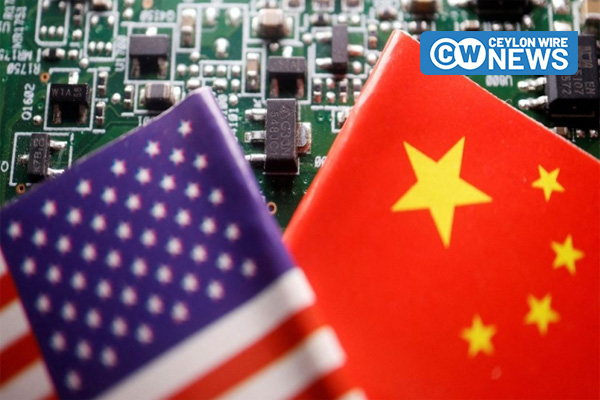China has unveiled an ambitious plan to boost its aggregate computing power by over 50% by 2025, underscoring its commitment to supercomputing and artificial intelligence advancements. This initiative comes as China and the United States engage in escalating competition across various high-tech domains, including semiconductors, supercomputers, and AI, with the backdrop of U.S. export controls on chipmaking equipment.
The comprehensive plan, jointly released by six governmental departments in Beijing, led by the Ministry of Industry and Information Technology (MIIT), has set a bold target for China’s total computing power to reach a staggering 300 EFLOPS by 2025. EFLOPS, equivalent to one quintillion floating-point operations per second, is the metric used to gauge a computer’s processing speed.
According to the MIIT’s report in August, China’s computing power had already reached 197 EFLOPS in the current year, up from 180 EFLOPS in 2022. Although the MIIT acknowledged China’s second-place standing behind the United States, it refrained from specifying the scale of U.S. computing power it referenced.
Given the substantial computational requirements of AI training, Beijing has increasingly turned its attention to expanding the supply of computing power.
As outlined in a recent Google blog post, cutting-edge generative AI models necessitate tens of EFLOPs of AI supercomputing for maintaining training times of several weeks or less.
To achieve this ambitious goal, China intends to establish more data centers nationwide to facilitate businesses’ access to computing power. Additionally, it plans to enhance computational infrastructure in less densely populated western regions, such as Guizhou, which has long been tasked with setting up massive data centers to power the country’s internet.
The plan also emphasizes improving the speed and efficiency of the computation network, with a strict requirement that transmission speeds between critical computing facilities must not exceed a latency of more than 5 milliseconds. This multifaceted strategy underscores China’s determined pursuit of technological leadership in the global arena.









